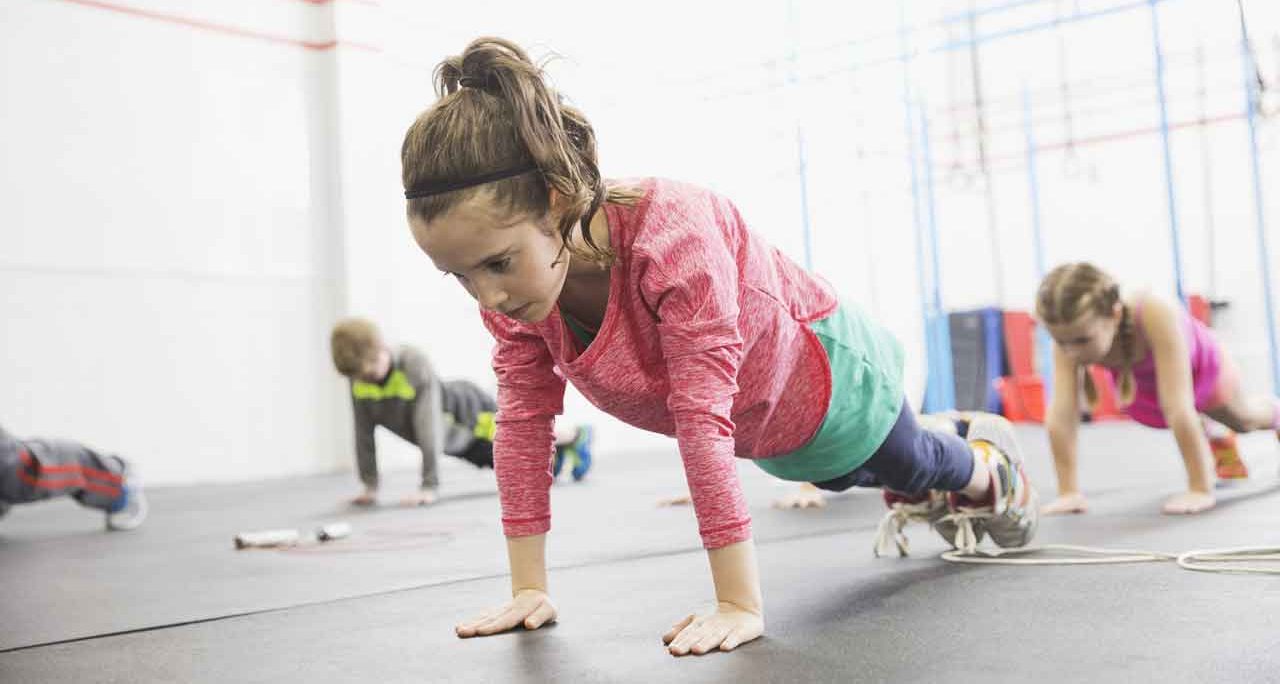The Benefits of Exercise for Childhood Depression

Depression affects 2.1 percent of children ages three to 17; now researchers have shown the benefits of exercise for depression extend to young children.
Multiple studies have documented how exercise can help prevent and improve depression in adults. But research from the Norwegian University of Science and Technology (NTNU) has found the benefits of exercise for depression extend to young children.
The study is part of an ongoing project that examines the mental health of children in Trondheim, Norway. Researchers followed about 700 children for four years, starting when they were six years old, with additional follow-ups at ages eight and 10.
The children’s physical activity was measured with accelerometers, which were worn for seven days in a row, and their mental health was assessed based on interviews with both the children and their parents.
The study’s findings could prove important for protecting the health of children around the globe.
YOU MIGHT ALSO LIKE: When Your Teen Thinks About Suicide
Depression affects 2.1 percent of children between the ages of three and 17. An additional 3 percent suffer from anxiety, according to the Centers for Disease Control and Prevention (CDC). But the real number may be much higher because mental health disorders in many children remain undiagnosed.
Symptoms of childhood depression include sleeping more or less than usual, refusing to eat, sadness or irritability, poor attention, sluggishness or restlessness, and destructive or self-destructive actions. However, many of these signs are often dismissed as bad behavior. Children who suffer from depression or anxiety can sometimes be labeled as “troublemakers” or “lazy,” rather than being correctly diagnosed as having poor mental health.
Though some instances of depression are caused by a specific event, such as trauma or abuse, other cases have no trigger other than brain chemistry. No matter the cause, though, the NTNU team’s findings could prove important in helping prevent the onset of childhood depression.
The researchers found that at ages six and eight, children who regularly engaged in moderate to vigorous exercise — the kind of movement that makes you sweat and gets your heart rate up — were less likely to show symptoms of depression two years later.
This didn’t have to be in the form of structured exercise. Many of the games and activities that young children regularly engage in are a form of vigorous physical activity. “Being active, getting sweaty and roughhousing offer more than just physical health benefits,” says Tonje Zahl, a PhD candidate at NTNU and one of the study’s authors, in a press release. “They also protect against depression.”
Though the study’s authors did not uncover a specific explanation for why exercise helps prevent depression in children, they did cite theories from previous studies. These include the fact that one of the benefits of exercise is a positive distraction for young children who might otherwise focus on negative experiences and a form of social integration which helps children connect to their peers. Activities like playing on a sports team also help promote high self-esteem and problem solving skills, both traits that may help reduce rates of depression.
The researchers from NTNU also noted that further research now needs to be done on the benefits of exercise for childhood depression, and to determine whether increasing children’s levels of physical activity will prevent depression or help them recover from mental health disorders more quickly.
"This is important to know because it may suggest that physical activity can be used to prevent and treat depression already in childhood," says Silje Steinsbekk, an associate professor at NTNU and one of the study’s authors.
In the meantime, parents, teachers, social workers, and other adults can help protect children’s mental health by encouraging them to engage in regular physical activity, including sports and outdoor play. The CDC lays out guidelines for how to help your children become and stay physically active.
Updated:
June 01, 2017
Reviewed By:
Christopher Nystuen, MD, MBA